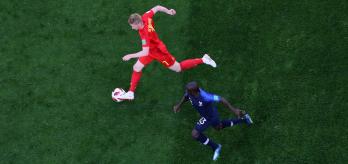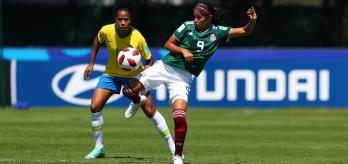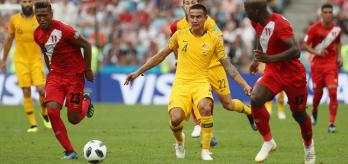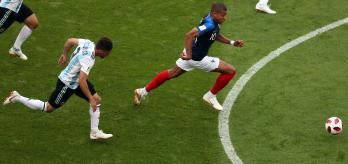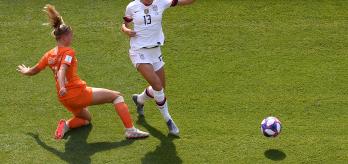Framework
Being ready to receive a pass with a plan or mental picture of what to do with the ball is no mean feat. Relying purely on instinctive technique in isolation, without a plan, can still speed up the game and, in certain circumstances, get a player out of difficulty while receiving a pass or on the ball. However, to develop attributes in line with a high tempo and be best placed to make instant decisions that make the most of receiving possession, time on the ball and opportunities, players need to have spatial, positional and peripheral awareness (SPPA) of their surroundings: a game picture.
A mental picture is drawn from familiarisation and experiences, but a game is a continually evolving scene that requires constant refreshing and processing by using sensory receptors linked to vision, hearing and touch. Players need to upload this information to make informed decisions; for example, a quick scan to evaluate their surroundings just before receiving the ball can inform a player of opposition and team-mate proximity, giving them a slight edge, influencing how they receive and use it to their advantage.
A clear game picture opens up a player's technical and tactical horizons. If you can see an opportunity, you can act on what you see, and seeing before receiving reduces decision-making time while on the ball. It essentially frees up time to focus on technical quality. One could say the game picture buys tactical time to find a technical solution. It also has a compounding effect of regulating match tempo by speeding it up and slowing it down when necessary.
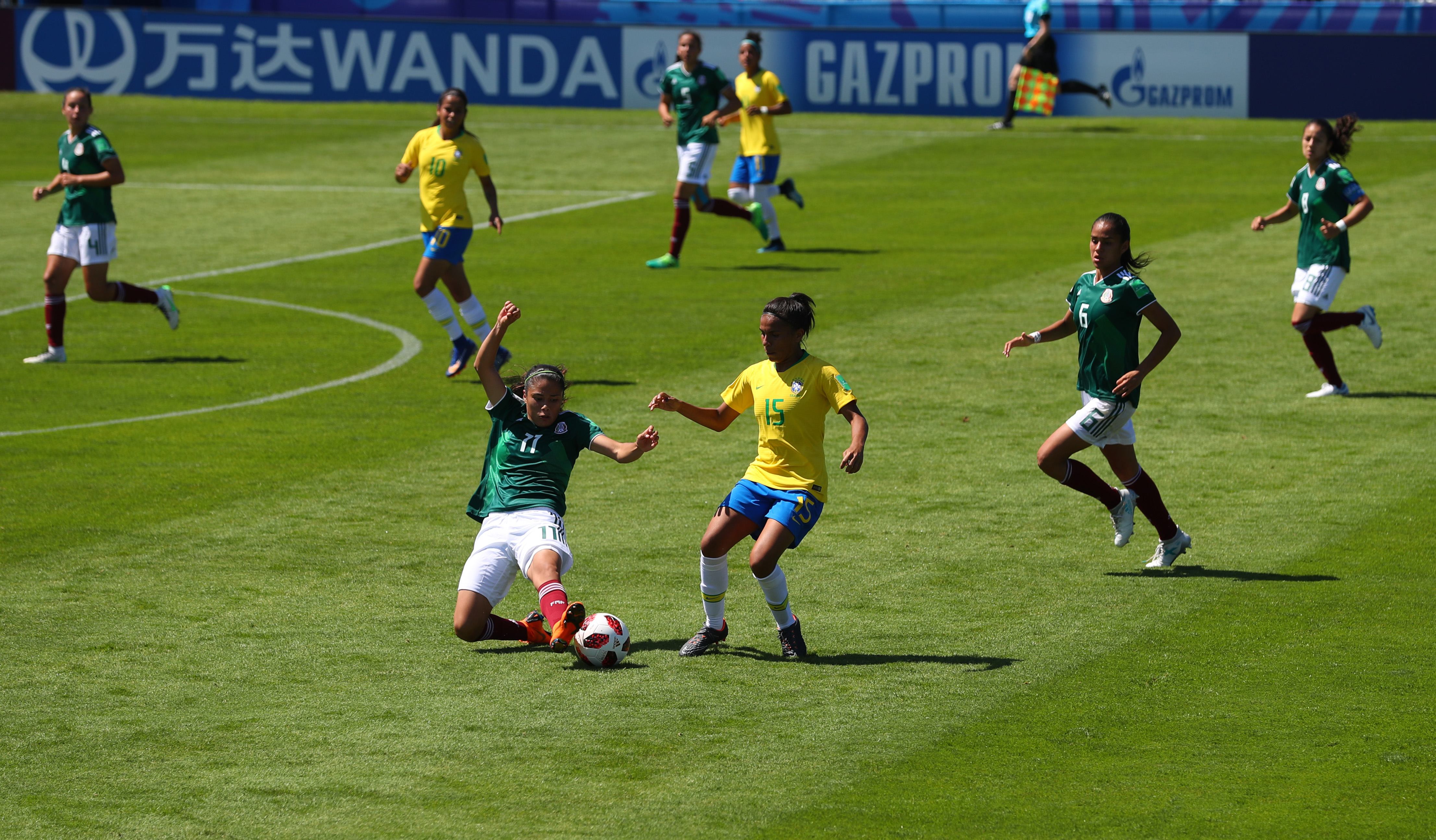
The focus of this third article of the series is a sensory framework for a clear game picture: SPPA.
Spatial
- the area close to a player, e.g. distance from the closest opponent or team-mate, an area of open space in close proximity, awareness of movement to create space and a spatial advantage.
Positional
- coordinates and distances on the pitch, e.g. an attacker in relation to a defensive line, a defender in relation to their defensive unit, the goalkeeper and their angle in relation to the near post, etc.
Peripheral
- distal vision and seeing possibility, the long game and the not so obvious.
First example
Our first video clip for this article is from a FIFA U-20 Women’s World Cup™ match between England and the Netherlands. It is also a superb example of SPPA and many other technical and tactical qualities.
Many qualities were exhibited, but let's focus on the main trigger for this article – SPPA – and highlight its immense contribution:
Great spatial awareness
- to sense the opposition player very close behind, then cleverly wrong-foot her to create a little bit of space to receive the pass;
- at the point of ball reception to appreciate the proximity between her and the two Netherlands players, also the fact the Netherland players are approaching an internal collision; and
- to identify a small pocket of space to exploit (complemented by real personality to take on a very difficult fast ball reception under pressure) and using her awareness and technical audacity to squeeze in between and leave them flat-footed, paralysed by indecision, looking at each other while she heads towards goal.

Great positional awareness
- to be aware that she is dragging the defender away from her positional line to create space to exploit with pace and purpose.
Great peripheral awareness
- to quickly see in distal vision the keeper lost in transition.
Second example
Our second video, from a FIFA U-20 Women's World Cup match between Mexico and Brazil, is another fabulous example of SPPA.
Her actions were instinctive reactions to possibility, but two simplistic, very deliberate moments show highly developed SPPA and turned possibility into real opportunity:
Great spatial awareness
- In the heat of the moment, the excitement of opportunity, with a Mexican player sliding in as if she were going to take out ball and player, our protagonist's spatial awareness prompted her to avoid the incoming outstretched leg. She could have just swung a leg blindly, but no, she showed poise, composure and agility of mind by lifting the ball over the leg of the incoming player sliding into her.
Great positional and peripheral awareness
- The slightest of looks complemented and reinforced her instinctive senses with updated positional and peripheral coordinates (game picture) to help her pinpoint a sweeping pass directly into the path of her accelerating team-mate.
How to develop SPPA
What can we take away in terms of seeing before receiving and SPPA? How can we build the foundations of awareness for developing youth players?
- Thanks to their experience, top-level players develop an incredibly instinctive feel for exactly where they are in relation to areas of the pitch and other players, somewhat like a tennis player pulling their racket away to let a ball run a couple of centimetres long. They also complement this instinctive feeling (mental picture) by developing fantastic habitual reflexes to gather game information. They spend every minute of every match with their heads up, scanning, turning, looking, listening, and prompting team-mates, and continually digest all this information to provide them with a game picture of the highest resolution. The best players in the world develop these habits to such a level that they probably do not even realise what they are doing; they also become instinctive.
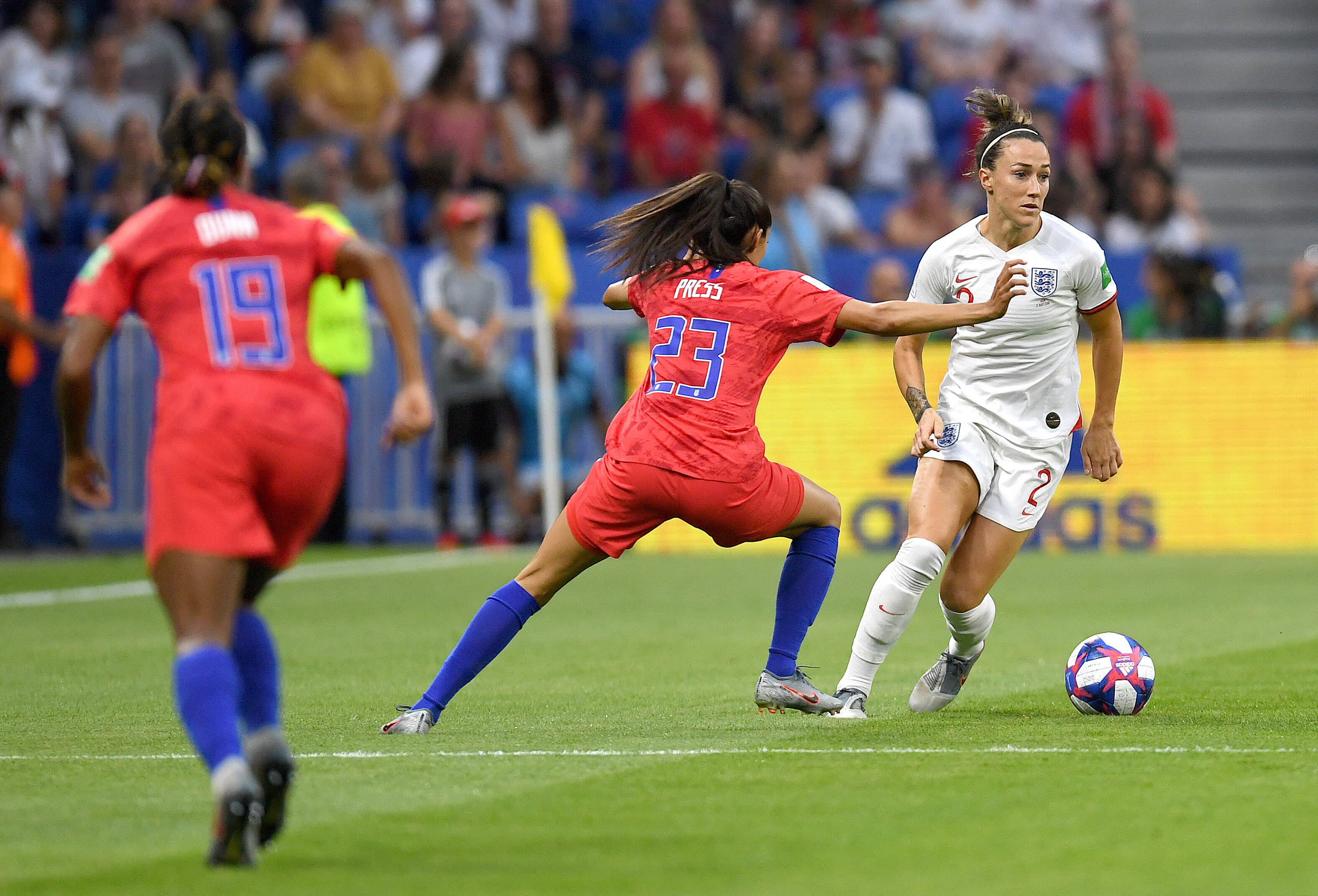
- For developing young players, it is about optimising future potential by laying important foundations early, sowing the seeds to help establish good, habitual reflexes. For educators of the game involved in youth development, the understanding of SPPA importance and the potential to sow these early seeds are paramount, especially at a time when young minds can easily be moulded to develop good footballing habits. The key lies in understanding the window of opportunity.
- With regard to building foundations, the objective is simply to develop good basic football habits, laying the foundations for an awareness skill set to which other ball-reception qualities can be added. A few key pointers to be included within the overall player development programme can help to facilitate and add to the naturally occurring evolution of SPPA, which is likely to be seen through a variety of training and match-play experiences.
- For youth players, it is not a matter of emphasising tactics to do with SPPA. Rather, it is about reinforcing and insisting on a seeing-before-receiving sequence of action by implementing simplistic technical exercises to encourage them to get their heads up and look around their spatial area before receiving a pass. The key objective is to instil a correct, consistent sequence of look-move-receive, much like mirror-signal-manoeuvre when driving a car. These simple actions provide the support framework for future technical and tactical expression, given that the most technically gifted young boys or girls will never reach their potential if they cannot see beyond their toes.

- Implement simple technical passing drills in small groups, cyclically rotated at high frequency to provide a high volume of ball contact (technical exposure) to help instil a correct, consistent sequence of actions.
- Implement possession drills of a short duration in small groups in tight spaces. This will promote high ball-contact exposure and increase the need for players to keep their heads up to see who is available in space, and the short duration will ensure focus remains high and it does not overtax young age groups.
- Passing drills should involve multiple movement patterns for receiving and distributing the ball and promote the technical balance of left- and right-foot reception and distribution.
- For example, a simple switch of play: receiving a diagonal pass from behind on the left and passing to the right-forward. A simple correct sequence would be as follows: 1. Head up, look in the direction of the intended pass (to the right). 2. Be in a position to move on the half-turn (left to right) to receive the ball. 3. Move the ball with your first touch or let it run. 4. Head up, look and play a diagonal pass with your right foot to the right-forward. To technically balance this exposure, one would obviously perform a right-to-left sequence.
The above is just one example of many receiving and passing scenarios that can be used as the basic framework for a young player to establish a strong basis in technical literacy concerning looking and receiving. The goal is for the correct sequence to become the norm. The keys to helping it become instinctive are frequency and repetition.





